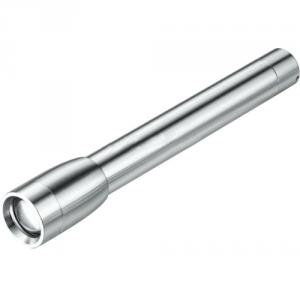Focus Solar Inverter
Focus Solar Inverter Related Searches
100w Solar Panel With Inverter Best Solar Panel Inverter 5000 Series Cast Aluminum Plate Portable Solar Panel Inverter First Solar Series 6 Module 12 Volt Solar Panel Inverter Plastic Solar Lanterns Buy Solar Panel Inverter Solar Panel Inverter Cost Solar Panel Without InverterHot Searches
Type Of Inverter For Solar Types Of Inverter For Solar Used Solar Inverter For Sale Inverter Size For Solar System Solar Edge Inverter For Sale 5kw Solar Inverter For Sale Solar Inverter For Sale Solar Inverter For Battery Solar Inverter For Split Ac Solar Inverter For Laptop Solar Inverter For Fridge Solar With Inverter Price Solar Inverter With 2 Battery Solar Inverter Price In China Best Solar Inverter In China Solar Inverter Price In Dubai Solar Inverter Price In Uae Solar Inverter Price In Kenya Solar Inverter Price In Kerala Solar Hot Water Collectors For SaleFocus Solar Inverter Supplier & Manufacturer from China
Okorder.com is a professional Focus Solar Inverter supplier & manufacturer, offers integrated one-stop services including real-time quoting and online cargo tracking. We are funded by CNBM Group, a Fortune 500 enterprise and the largest Focus Solar Inverter firm in China.Hot Products
FAQ
- Yes, a solar inverter can be used with a solar-powered electric fence system. The solar inverter is responsible for converting the DC (direct current) power generated by the solar panels into AC (alternating current) power, which can be used to power the electric fence system. This ensures that the solar-powered electric fence system can operate efficiently and effectively, utilizing the energy harnessed from the sun.
- The role of an anti-islanding feature in a solar inverter is to ensure the safety of utility workers by preventing the solar system from continuing to generate power during a grid outage. It detects when the grid goes down and immediately disconnects the solar system from the grid, preventing any potential harm or damage that could occur if power is still being fed into the grid.
- A solar inverter handles voltage sag or drop in the grid by continuously monitoring the grid voltage. When it detects a drop below a certain threshold, it adjusts its own output voltage to compensate and maintain a stable and consistent voltage supply to the connected solar panels or the grid. This ensures that the solar system operates optimally and can seamlessly adapt to any fluctuations in the grid voltage.
- Yes, a solar inverter can be used in systems with different module currents. Solar inverters are designed to convert the DC power generated by solar panels (modules) into AC power that can be used by electrical devices. They are typically equipped with Maximum Power Point Tracking (MPPT) technology, which allows them to optimize the power output from the solar panels regardless of their current ratings. This means that solar inverters can efficiently handle systems with different module currents and ensure the maximum power generation from the solar panels.
- Some common safety certifications for solar inverters include UL 1741, IEC 62109, and CSA C22.2 No. 107.1. These certifications ensure that the inverters meet certain safety standards and are suitable for use in solar power systems.
- The role of a solar inverter in a solar-powered ventilation system is to convert the direct current (DC) generated by solar panels into alternating current (AC) that can be used to power the ventilation system. It ensures that the electricity generated by the solar panels is compatible with the system's requirements and can efficiently operate the ventilation components.
- To connect a solar inverter to the electrical grid, you need to follow a few steps. Firstly, you need to ensure that your solar inverter is compatible with grid connection. Then, you'll need to install an AC disconnect switch and connect it to your main electrical panel. Next, connect the solar inverter output to the AC disconnect switch using appropriate wiring. Finally, hire a licensed electrician to inspect and connect the inverter to the utility meter or main electrical service panel, ensuring compliance with local regulations and safety standards.
- A solar inverter protects against voltage fluctuations by continuously monitoring and regulating the electrical output from the solar panels. It adjusts the voltage and frequency of the direct current (DC) generated by the panels to match the utility grid's alternating current (AC) voltage requirements, ensuring a stable and consistent power supply. Additionally, solar inverters have built-in protection mechanisms such as surge suppression and overvoltage/undervoltage detection, which safeguard the system from voltage spikes or drops, preventing any potential damage to the solar panels or electrical devices.















































